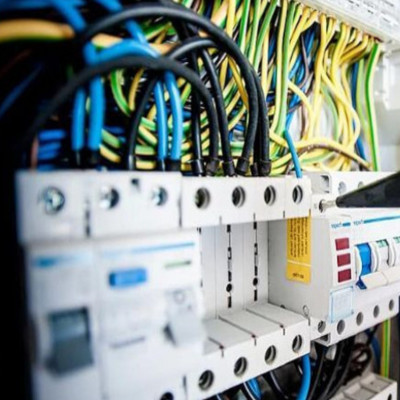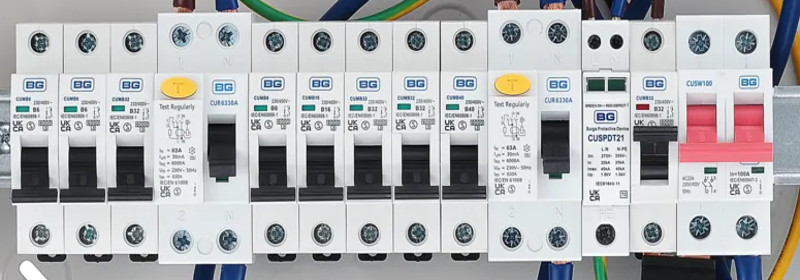Repair Standard: statutory guidance for private landlords
Repair Standards
Contact us for advice or a quote
This guidance is for use in determining whether a house meets the standards of repair set out in the Repairing Standard (Housing (Scotland) Act 2006, Chapter 4). It applies from 1 March 2024 to all tenancies required to meet with the Repairing Standard.
D.52 Private landlords in Scotland are required by sections 19A and 19B of the Housing (Scotland) Act 2006 to ensure that the installations in the house for the supply of electricity and electrical fixtures and fittings and appliances provided by the landlord under the tenancy are in a reasonable state of repair and in proper working order.
D.53 The term “installation” includes all of the provisions for the supply, distribution and use of electricity within a house from the supply intake position including the supply switch disconnector (if installed), the consumers meter tails, the consumer unit for distribution of electricity to the connected circuits, all wiring of circuits to their point of connection and all wiring accessories and fittings such as light fittings, light switches, socket-outlets.
D.54 A Residual Current Device (RCD) is a protective device that operates automatically, switching off the supply of electricity when a residual current is detected if there is a an earth fault. RCDs provide a high level of protection against the risk of electric shock and reduce the risk of fire arising from defects in electrical equipment. The presence of an RCD as part of an installation with wider shock protection aspects in good condition provides additional safety over and above that provided by fuses and circuit-breakers alone.
D.55 In order to comply with the Repairing Standard, there must be one or more Residual Current Device (RCD) with rated residual operating current not exceeding 30 mA in the main or principal consumer unit. Normally, as a minimum, this will cover the socket-outlet circuit. However, the protection requirements will vary depending on the installation in the let property.
As set out in D.60 – D.73, in order to comply with the Repairing Standard, landlords should ensure that an EICR is completed every five years. The EICR assesses the installation against BS 7671. This British Standard includes the requirements for RCD protection. Therefore, landlords should refer to the EICR report for the appropriate RCD protection for their installation. The absence of an RCD means that the house does not comply with the Repairing Standard.
What is an RCD and how does it work?
RCDs are electrical safety devices designed to immediately switch off the supply of electricity when electricity leaking to earth is detected at harmful levels. They offer high levels of personal protection from electric shock.
What is!
An acronym for residual current device, an RCD fuse box will ensure that the power supply is automatically cut to all of the circuits protected by the device if leakage is detected. This safeguards the user against electric shocks as well as preventing damage to the circuit or electrical appliance.

RCD diagram with hotspots
Excerpt
Annex D3: Installations for the supply of electricity
D.52 Private landlords in Scotland are required by sections 19A and 19B of the Housing (Scotland) Act 2006 to ensure that the installations in the house for the supply of electricity and electrical fixtures and fittings and appliances provided by the landlord under the tenancy are in a reasonable state of repair and in proper working order.
D.53 The term “installation” includes all of the provisions for the supply, distribution and use of electricity within a house from the supply intake position including the supply switch disconnector (if installed), the consumers meter tails, the consumer unit for distribution of electricity to the connected circuits, all wiring of circuits to their point of connection and all wiring accessories and fittings such as light fittings, light switches, socket-outlets.



